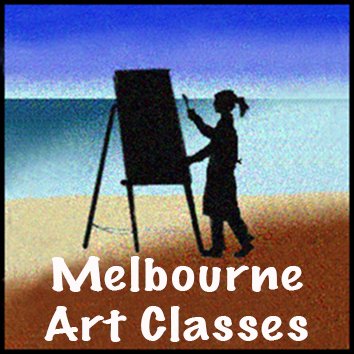This mother-daughter image takes it’s inspiration from a larger artwork entitled ‘The Three ages of Women’, painted in 1905
If you choose this concept for your mixed media painting, you will practice techniques such as scumbling, stamping, collage, stippling, scraffito and more. All tools and creative facilitation will be provided (including some transfer drawings to get you started, or you can draw your own figures.)
Emilie Louise Flöge (1874 – 1952) was an Austrian fashion designer and businesswoman. She was the life companion of Klimt
This artwork of a couple was a part of an enormous mosaic piece , a Frieze for the Dining Room of Stoclet House in Brussels.
This image was clearly a precursor to his very famous artwork, ‘The Kiss', which we have utilized in Klimt-inspired workshops before.
This portrait of Emilie, Klimt’s life- long partner could be your inspiration for a figure painting
An outline to transfer onto the canvas will be available for participants, (or you could draw your own figure), and see demonstrations of many different mixed media tools and materials to have fun with and achieve some rich and decorative motifs of your own.
As with the other images, you will deep dive into mixed media to create your own version of this concept, with collagraphs, collage papers, metallics etc.
WHAT WAS THE ‘SECESSION’???
At the beginning of the 1900s., there was a huge shake-up in the art world. Across Europe, artists were rejecting the traditional associations to which they belonged. They started forming clubs, which were usually called "secessions" (like a faction in politics) in Germany and Austria, where they implemented their own modern ideas about art.
However, the younger members, in particular, pushed increasingly for the exhibition business to be modernized. In their opinion, the association’s selection process was too strict, offering artists too little room for individual progression. Gustav Klimt was among the younger artists at the time, being in his mid-thirties. He and some of his comrades attempted at first to reform the artists' association but soon realized that the only possible solution was to form their own group.
Gustav Klimt's work was closely associated with the Vienna Secession. Klimt was one of the co-founders and the first president of the artists' association when it formed in 1897. Until his departure in 1905, Klimt used the Secession to present his latest paintings to the Viennese public.
The inaugural meeting of the Secession took place on April 3, 1897, with 23 members. One month later, the group broke off from the Association of Austrian Artists permanently and became a completely separate society. Gustav Klimt became President of the Secession, which now only had 13 members. The other members were also important artists, some of whom are still well known today, such as Carl Moll, Koloman Moser, Joseph Maria Olbrich, and Josef Hoffmann.
The Secession era was perceived as one of radical change and described as a "holy spring." This attracted artists such as the French Impressionists, Auguste Rodin, and the Belgian Symbolists. In total, the Secession staged 23 exhibitions between 1897 and 1905. Klimt also used the Secession for his first and only solo Viennese exhibition during his lifetime, which took place during the winter of 1903–04.
Learn more detail about the Secessionists here.





